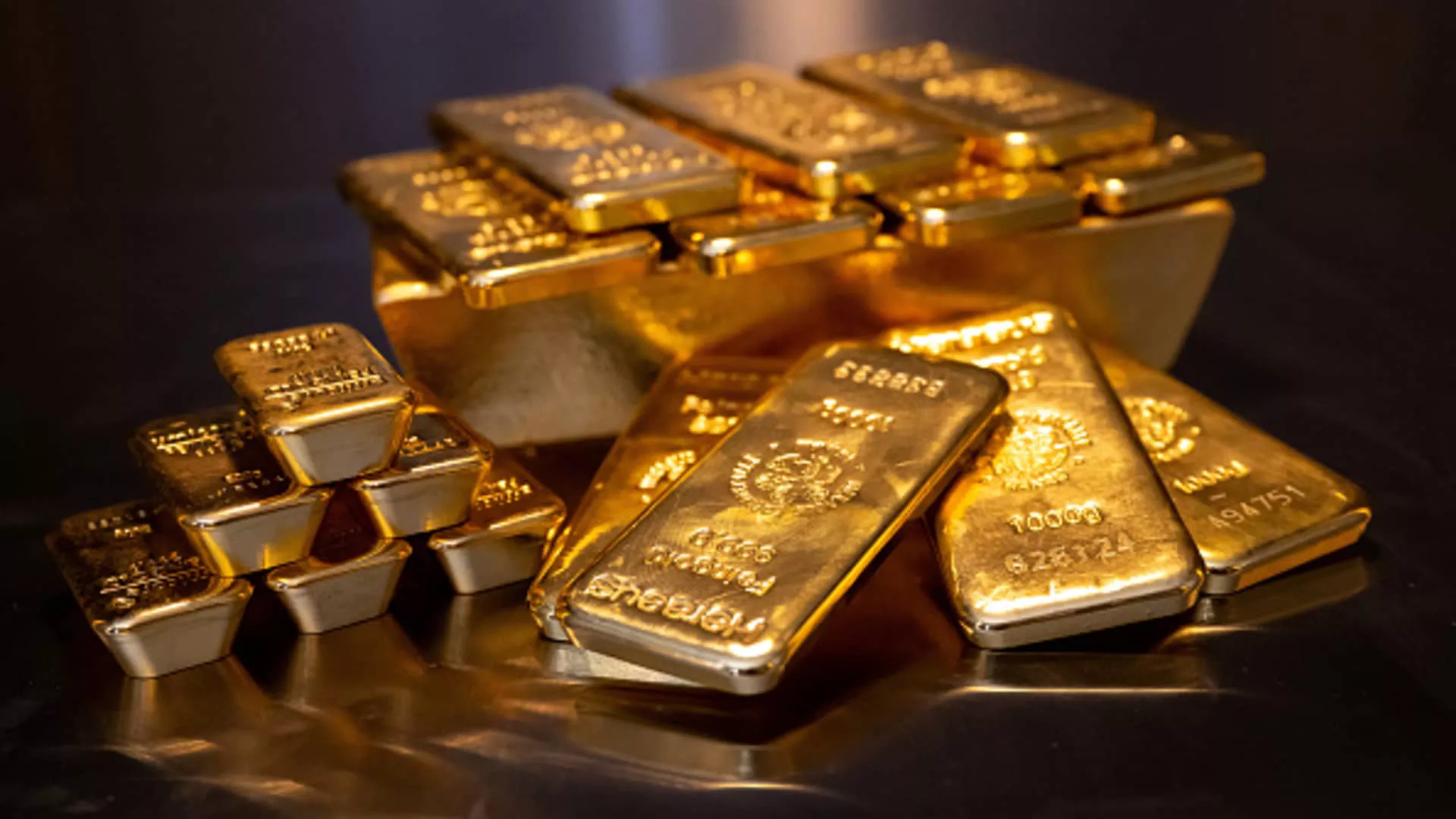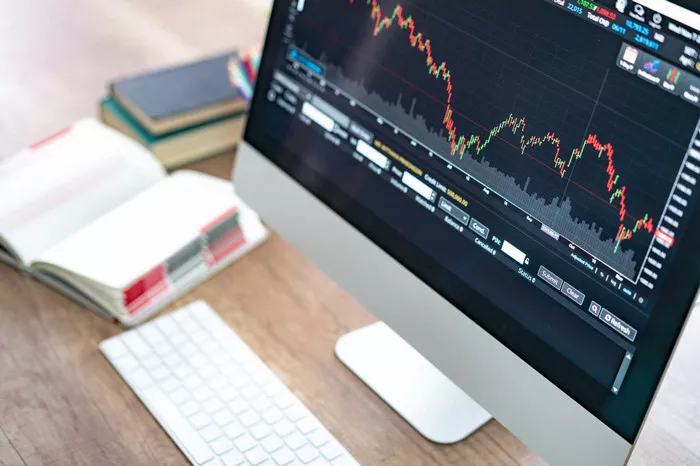Gold has been a valuable asset for centuries, used as a form of currency and a store of value. Understanding the spot gold price is crucial for investors, traders, and individuals looking to buy or sell gold. This article will provide a comprehensive overview of the spot gold price, including its definition, factors influencing its fluctuations, methods to track it, and its importance in the global economy.
Understanding the Spot Gold Price
1. Definition of Spot Gold Price
The spot gold price is the current market price at which gold can be bought or sold for immediate delivery. Unlike futures contracts, which are agreements to buy or sell gold at a specified price at a future date, the spot price reflects real-time supply and demand dynamics in the market.
2. Importance of Spot Gold Price
The spot gold price serves multiple purposes:
Investment Indicator: Investors use the spot price to determine when to buy or sell gold. A lower price might indicate a good buying opportunity, while a higher price might suggest selling.
Benchmark for Transactions: The spot price is a benchmark for various gold-related transactions, including jewelry purchases, gold bullion sales, and gold investment products.
Market Sentiment: Fluctuations in the spot gold price can indicate broader market sentiment. Rising prices often suggest uncertainty or fear in the financial markets, while falling prices may indicate confidence.
How is the Spot Gold Price Determined?
1. Supply and Demand
The primary driver of the spot gold price is supply and demand. Several factors contribute to these dynamics:
Mining Production: The amount of gold mined each year affects supply. When production increases, the supply rises, potentially lowering the spot price.
Jewelry Demand: A significant portion of gold demand comes from the jewelry sector. Seasonal trends, cultural events, and economic conditions can influence jewelry demand and, consequently, the spot price.
Industrial Use: Gold is also used in various industrial applications, including electronics and dentistry. Changes in industrial demand can impact the spot price.
Investment Demand: Gold is often seen as a safe-haven asset. During times of economic uncertainty or geopolitical tensions, investors flock to gold, driving up the price.
2. Economic Indicators
Several economic indicators can influence the spot gold price:
Inflation Rates: Gold is often considered a hedge against inflation. When inflation rises, the purchasing power of currency declines, leading investors to turn to gold, driving up its price.
Interest Rates: Higher interest rates can decrease gold demand. When interest rates rise, the opportunity cost of holding gold (which yields no interest) increases, potentially lowering the spot price.
Currency Strength: The U.S. dollar is the primary currency for gold transactions. A strong dollar makes gold more expensive for foreign investors, potentially reducing demand and lowering the spot price.
3. Geopolitical Events
Geopolitical events, such as conflicts, elections, and trade disputes, can lead to increased market volatility. During uncertain times, investors often seek safety in gold, driving up the spot price. Conversely, resolution of tensions can lead to a decline in gold prices.
Where to Track the Spot Gold Price
1. Financial News Websites
Several financial news websites provide real-time updates on the spot gold price. Popular sources include:
Kitco: A trusted source for precious metal prices, offering live updates and historical data.
Bloomberg: Provides comprehensive financial news, including commodities and gold prices.
MarketWatch: Offers real-time market data, including spot gold prices and market trends.
2. Gold Exchanges
Gold exchanges, such as the London Bullion Market Association (LBMA) and COMEX, provide official spot prices and are reliable sources for tracking gold prices.
3. Mobile Applications
Various mobile applications offer real-time updates on gold prices. Some popular options include:
Gold Price Live: Provides live updates, historical data, and alerts for gold prices.
Investing.com: Offers comprehensive financial data, including gold prices, commodities, and other investment tools.
Types of Gold Prices
1. Spot Price vs. Futures Price
Spot Price: The current market price for immediate delivery of gold.
Futures Price: The price agreed upon today for delivery of gold at a future date. Futures prices are influenced by expectations of future supply and demand, interest rates, and other economic factors.
2. Physical Gold Price vs. Paper Gold Price
Physical Gold Price: The price of gold bullion or coins, which includes premiums over the spot price for fabrication, distribution, and dealer markup.
Paper Gold Price: The price of financial products like gold ETFs (Exchange-Traded Funds) or gold futures, which are not tied to physical gold.
See Also: What Does Gold Look Like in Rocks?
Factors Influencing the Spot Gold Price
1. Central Bank Policies
Central banks play a significant role in influencing the spot gold price. Their actions regarding interest rates, currency reserves, and gold purchases can create ripples in the market.
Gold Reserves: Central banks hold significant gold reserves. When they buy or sell gold, it impacts the overall supply and demand dynamics, affecting the spot price.
Interest Rate Policies: Central banks’ interest rate decisions can influence inflation expectations and, subsequently, gold demand.
2. Speculation and Investment
Speculative trading in gold can create short-term price movements. Traders and investors react to market trends and news, leading to price volatility.
Gold ETFs: The rise of gold-backed ETFs has made it easier for investors to gain exposure to gold. Increased inflows or outflows from these funds can directly impact the spot price.
3. Technological Advancements
Advancements in mining technology and extraction techniques can influence gold supply and production costs, affecting the spot price.
Investing in Gold
1. Why Invest in Gold?
Investing in gold offers several advantages:
Diversification: Gold can diversify an investment portfolio, reducing overall risk.
Hedge Against Inflation: Gold often retains its value during inflationary periods, making it a popular hedge.
Safe Haven Asset: Gold is a trusted store of value during economic uncertainty, attracting investors seeking stability.
2. Different Ways to Invest in Gold
Investors have various options for investing in gold:
Physical Gold: Buying gold bullion, coins, or jewelry. This option requires secure storage and insurance.
Gold ETFs: Investing in ETFs that track the price of gold. This method offers liquidity and ease of trading.
Gold Mining Stocks: Investing in companies that mine gold can provide exposure to gold prices without holding physical metal.
Gold Futures: Traders can speculate on the future price of gold through futures contracts, but this method carries higher risk.
3. Risks of Investing in Gold
While investing in gold can be advantageous, it also carries risks:
Price Volatility: The spot gold price can fluctuate significantly, impacting investment values.
No Yield: Unlike stocks or bonds, gold does not generate income, such as dividends or interest.
Storage Costs: Physical gold requires secure storage, which can incur additional costs.
Historical Perspective on Gold Prices
1. Long-Term Trends
Analyzing historical gold prices reveals long-term trends. Over the past several decades, gold has experienced significant price appreciation, driven by various factors, including inflation, currency fluctuations, and geopolitical events.
2. Major Events Impacting Gold Prices
Certain historical events have dramatically influenced gold prices, including:
1970s Inflation Crisis: During the 1970s, high inflation led to a surge in gold prices as investors sought refuge.
2008 Financial Crisis: The global financial crisis prompted a flight to safety, driving gold prices to record highs.
COVID-19 Pandemic: The economic uncertainty caused by the pandemic led to increased demand for gold, resulting in significant price gains.
Conclusion
The spot gold price is a vital indicator for investors, traders, and anyone interested in the gold market. Understanding how it is determined, what influences its fluctuations, and the methods to track it can empower individuals to make informed financial decisions.
Gold remains a significant asset class, providing diversification, a hedge against inflation, and stability during turbulent times. Whether through physical gold, ETFs, or mining stocks, investors have multiple avenues to gain exposure to gold.
By staying informed about market trends, economic indicators, and geopolitical developments, you can navigate the gold market effectively and make sound investment choices. As always, consult with a financial advisor or do thorough research before making investment decisions in gold or any other asset class.
Related topics:

































